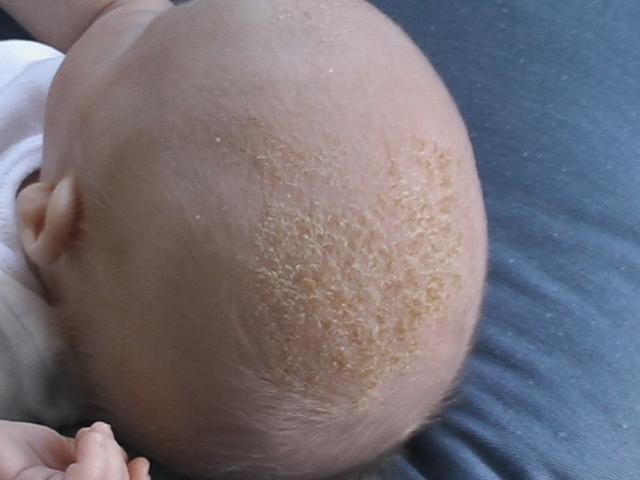Cradle cap, a common condition in infants, often leaves parents seeking safe and effective methods to care for their baby’s scalp. This article offers a comprehensive guide on how to gently remove cradle cap scales, ensuring the comfort and health of your little one.
Understanding Cradle Cap: A Brief Overview Cradle cap, medically known as infantile seborrheic dermatitis, typically appears as flaky, dry scales on a baby’s scalp. While it’s not painful or itchy, proper care is crucial to prevent any discomfort or skin complications.
Safe and Gentle Removal Techniques The key to effectively treating cradle cap lies in gentle, non-irritating methods. Here are some proven steps:
-
Softening the Scales: Apply a mild, natural oil like coconut or almond oil to the affected area. Let it sit for a few minutes to soften the scales.
-
Gentle Washing: Use a baby shampoo to wash the scalp. Opt for products specifically designed for infants, as they’re typically gentler and hypoallergenic.
-
Loosening Scales: With a soft-bristled baby brush, gently brush the scalp in a circular motion. This helps loosen and remove the scales without irritating the skin.
-
Rinsing Thoroughly: After brushing, rinse the scalp with warm water to remove any loose scales and shampoo residue.
Preventing Cradle Cap Recurrence Prevention is just as important as treatment. Regular washing with gentle baby cradle cap shampoo can help reduce the likelihood of cradle cap returning. Also, avoid over-bathing, as it can strip the scalp of natural oils, exacerbating the condition.
Consulting a Pediatrician If the cradle cap persists or if there are signs of infection (redness, swelling, or pus), it’s essential to consult a pediatrician. They can provide specific advice or prescribe a medicated shampoo if necessary.
In conclusion, while cradle cap is a common condition, it requires gentle care. By following these simple steps, you can ensure your baby’s scalp remains healthy and free from discomfort. Remember, every baby is unique, so always pay attention to how your child’s skin responds to different treatments.



